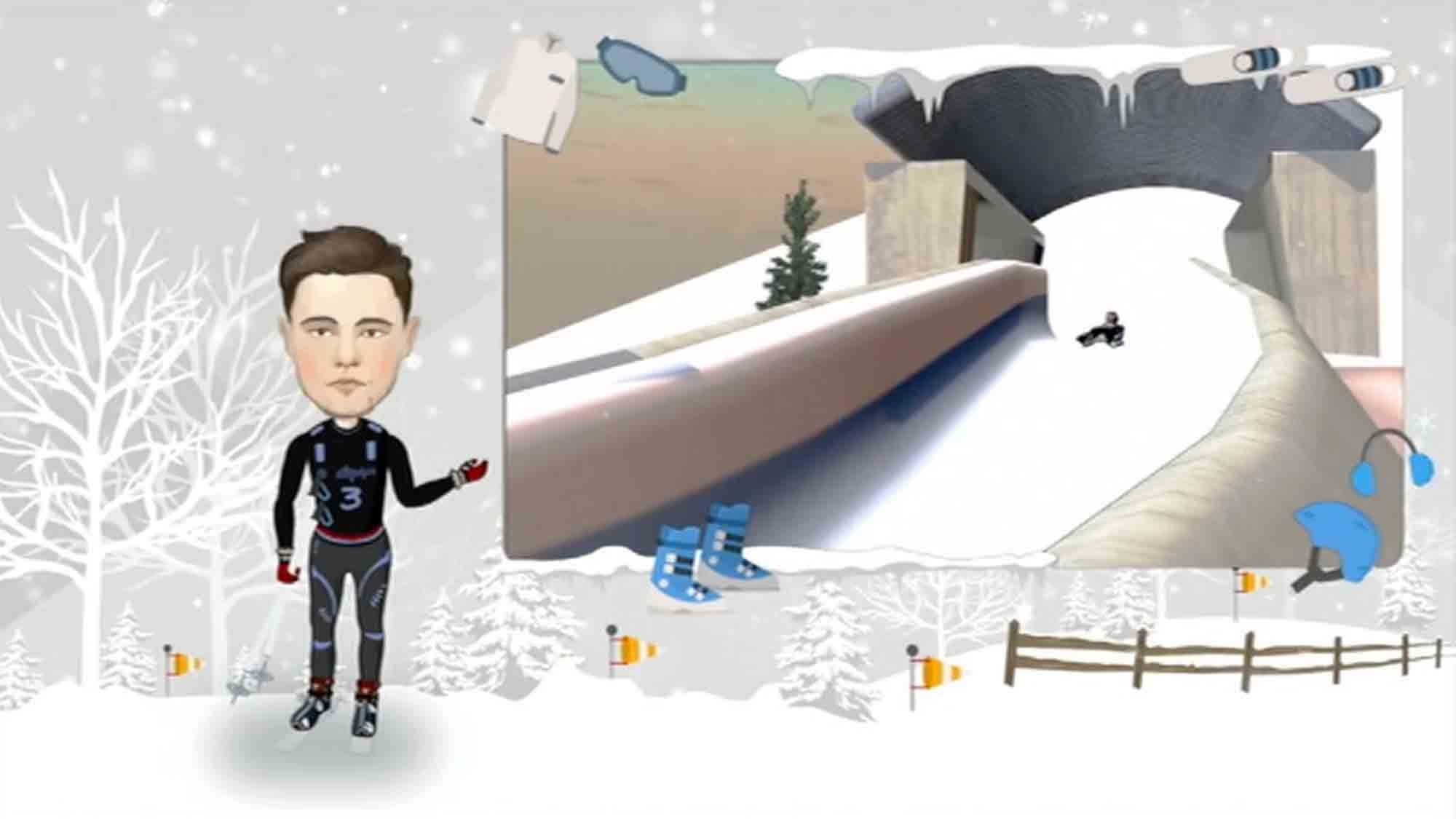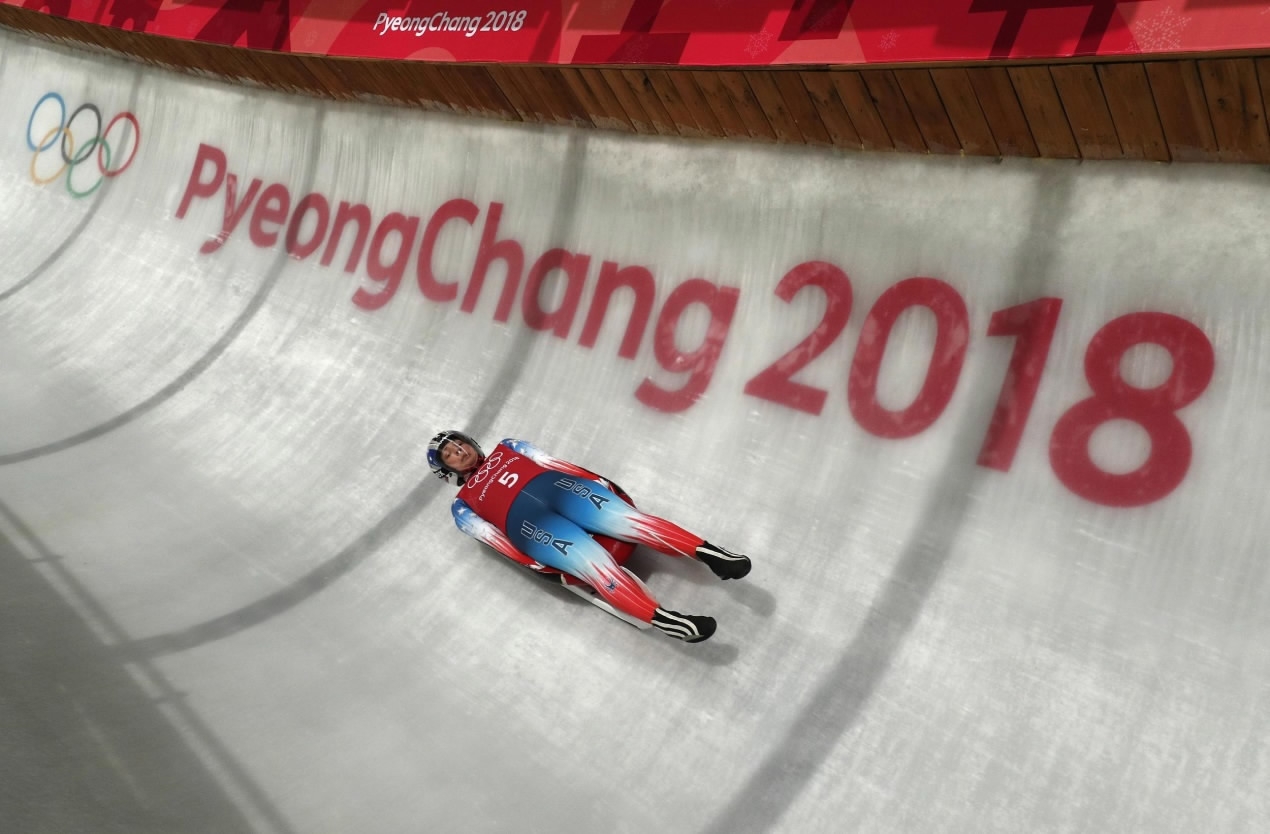
Sports
19:45, 11-Feb-2018
Winter Sports 101: Luge
By Hu Shichen

A luge is a small sled on which the athlete slides down a course of 1,000 to 1,500 meters while lying down face up and feet-first.
One (singles) or two (doubles) lugers compete. The singles competition combines the total scores from four runs over two days. And two runs a day for doubles and one run for team relay are added.
Steering is done by flexing the sled's runners with the calf of each leg or exerting opposite shoulder pressure to the seat.

VCG Photo
VCG Photo
Lugers can reach speeds of 140 km per hour. Manuel Pfister of Austria clocked 154 km per hour on the track in Whistler, Canada prior to the 2010 Winter Olympics.
Lugers compete against a timer, and on artificial tracks they are timed to a thousandth of a second, making luge one of the most precisely timed sports in the world.
The first recorded use of the term "luge" was in 1905, from the Savoy/Swiss dialect of French "luge" meaning "small coasting sled," and is possibly from a Gaulish word with the same root as English sled.
Four golds will be awarded in this event: Men’s Singles on February 11, Women’s Singles on February 13, Doubles on February 14 and the last one, Team Relay on February 15, which was just adopted officially at the 2014 Sochi Winter Olympic Games.
There are no Chinese athletes in the luge event at the PyeongChang Games.

SITEMAP
Copyright © 2018 CGTN. Beijing ICP prepared NO.16065310-3
Copyright © 2018 CGTN. Beijing ICP prepared NO.16065310-3